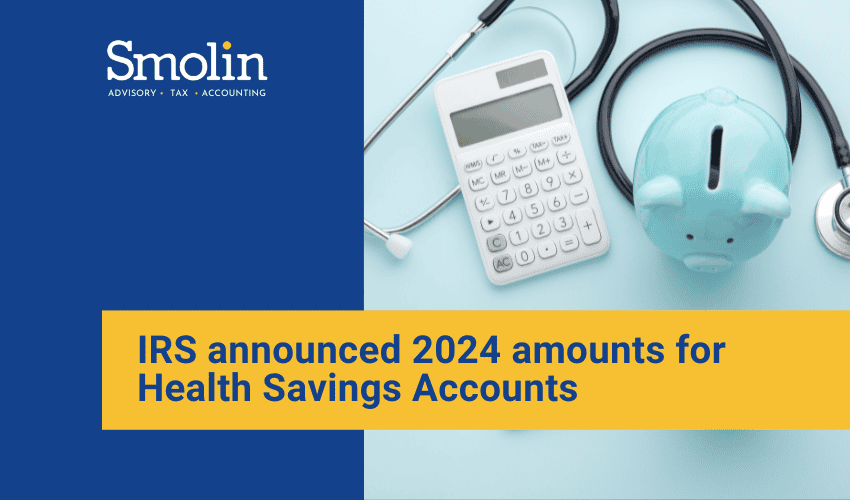Caring for an elderly relative is a privilege that offers many rewards: a deeper bond with your loved one, the knowledge that you are making an impact, and the peace of mind knowing they are in good hands. There are also potential tax benefits that can help lighten the load of caregiving.
1. Medical expenses. When you provide over 50% of your loved one’s support, including medical expenses, they qualify as your “medical dependent” on your tax return. This allows you to include their qualified medical expenses along with your own when you itemize, which can potentially lower your income. The test for determining whether an individual qualifies as your “medical dependent” is less stringent than that used to determine “dependents,” which is covered in more detail below.
In order to claim medical expense deductions, the total costs must exceed 7.5% of your adjusted gross income (AGI).
Deductible medical expenses include costs for qualified long-term care services required by a chronically ill individual. Eligible long-term care insurance premiums can also be deducted; however, there is an annual cap on the amount. The cap is based on age, and in 2024 goes from $470 for an individual aged 40 or less to $5,880 for an individual over 70.
2. Filing status. You may qualify for “head-of-household” status by virtue of the individual you’re caring for if you are not married and:
- The person you’re caring for lives in your household,
- You cover more than half the household costs,
- The person qualifies as your “dependent,” and
- The person is a relative.
If you are caring for your parent, they do not need to live with you. As long as you provide more than half of their household costs and they qualify as your dependent, you can claim head of household status which has a higher standard deduction and lower tax rates than a single filer.
While dependency exemptions are currently on hold for 2018 through 2025, the rules for determining who qualifies as a dependent still apply when determining eligibility for other tax benefits, like head-of-household filing status.
The following must be true for the tax year you are filing in order for for an individual to qualify as your “dependent”:
- You provide more than 50% of their support costs,
- They must either live with you or be related,
- They must not have gross income in excess of an inflation-adjusted exemption amount,
- They can’t file a joint return for the year, and
- They are a U.S. citizen or a resident of the U.S., Canada or Mexico.
3. Dependent care credit. In cases where your loved one qualifies as your dependent, lives with you and is physically or mentally unable to take care of themselves, you may qualify for the dependent care credit. This credit is designed to account for costs incurred for their care necessary while you and your spouse go to work.
4. Nonchild dependent credit. For 2018 through 2025, the Tax Cuts and Jobs Act (TCJA) created a credit of up to $500 dependents who don’t qualify for the Child Tax Credit. This could apply to a dependent parent; however, they must pass the aforementioned gross income test to be classified as your dependent. You must also pay over half of your parent’s support.
If your adjusted gross income (AGI) is above $200,000 ($400,000 for a married couple filing jointly), this credit is reduced by $50 for every $1,000 that your AGI exceeds the threshold.
Contact your Smolin Advisor to explore the tax implications of financially supporting and caring for an elderly relative.





